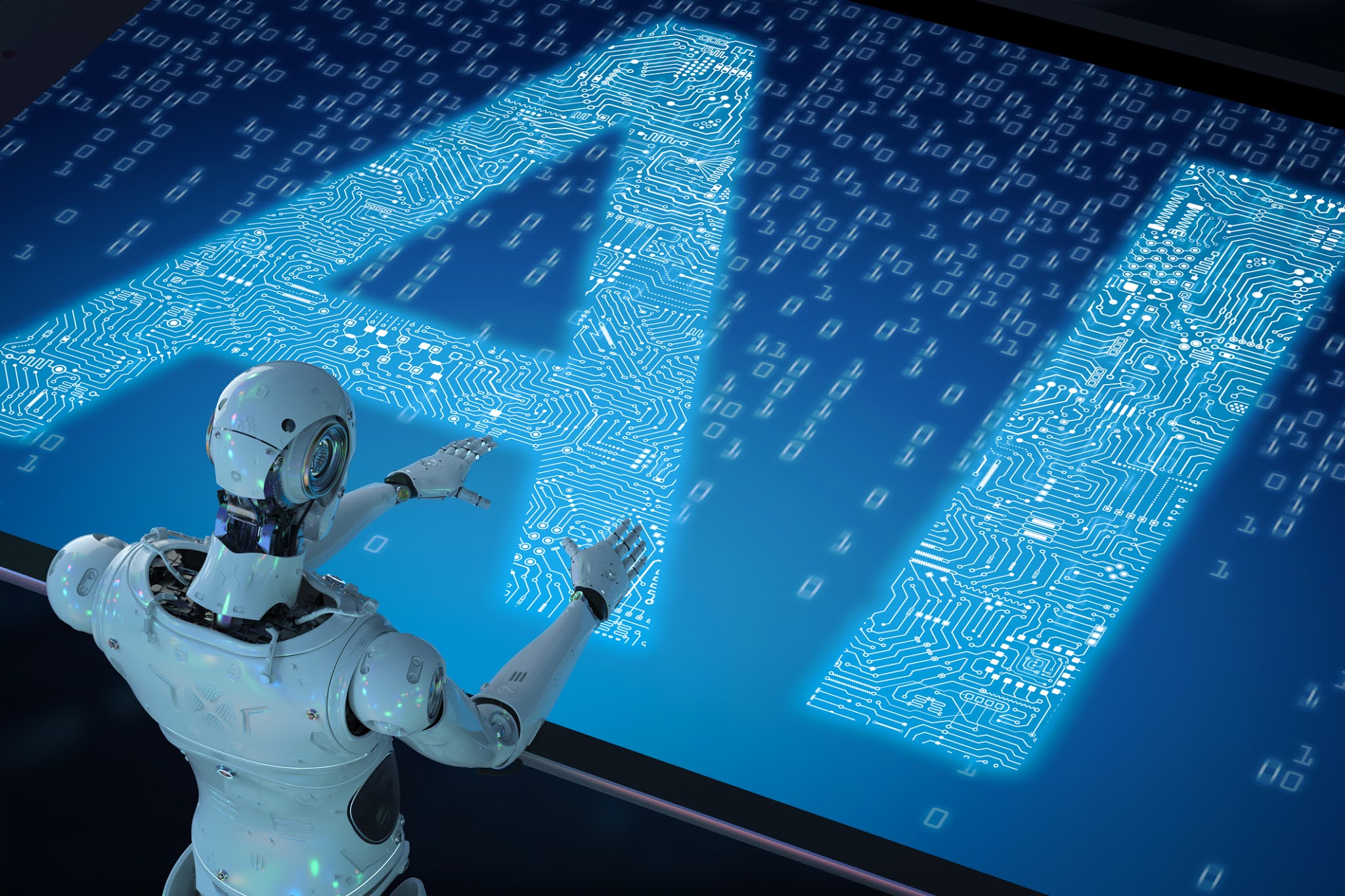As we embark on a digital journey intertwined with innovation, the relevance of libraries in the modern milieu remains steadfast yet transformative. In this age dominated by virtual interactions and an ever-increasing volume of data, one ponders: how can libraries leverage artificial intelligence to elevate their role in the community? More importantly, are these AI advancements rendering traditional library practices obsolete, or do they herald a new era of information accessibility and engagement?
With voices like Ryan Hess from San Francisco, the dialogue becomes even richer. Known for his insightful explorations of technology’s intersection with the humanities, Hess challenges libraries to recalibrate their missions to embrace the tenets of artificial intelligence. Yet, this radical integration is not without its complexities.
One might ask, can libraries truly transform into intelligent hubs that harness the capabilities of AI, or are they merely places of nostalgia? The answer lies in understanding how AI can empower libraries to not just serve but to enchant their patrons.
AI is poised to redefine the core functionalities of libraries in manifold ways—from cataloging and indexing vast repositories of knowledge to personalizing user experiences. Imagine walking into a library where your preferences are known, alerts on relevant new arrivals are sent, and book recommendations are precisely tailored. With AI algorithms analyzing user behavior and preferences, libraries can evolve from mere custodians of books into proactive curators of information.
Moreover, consider the vastness of information at the fingertips—not just in books but also in articles, multimedia resources, and digital archives. AI can streamline these through sophisticated natural language processing, enabling imaginative and efficient search capabilities. Instead of spending hours sifting through outdated catalogs, patrons could engage with a dynamic system that intuitively delivers the information they seek. The question looms, though: will this reliance foster complacency in critical thinking and information literacy, or will it encourage deeper engagement with the material?
Ryan Hess articulately points out another critical intersection of AI in libraries—the synthesis of human insight with machine learning. While AI can curate content, it is the empathetic understanding of a librarian that enriches the user experience. Imagine a future where AI handles routine queries, allowing librarians to devote their expertise to more complex, nuanced inquiries. This shift could enhance the depth of research services offered, empowering librarians to act not just as information gatekeepers but as knowledgeable guides through the labyrinth of information.
Yet, this raises a formidable challenge: how do we safeguard the profession of librarians amidst this AI evolution? The fear is palpable. Will the advent of AI lead to the diminishment of librarianship, or will it forge new pathways for professional development? The profession must adapt, embracing AI to enhance human interaction rather than replace it. Upskilling librarians to harness these technologies will be imperative. Fostering an agile culture within libraries that embraces continuous learning can bridge the gap between traditional practices and futuristic aspirations.
Additionally, Hess encourages a discourse surrounding the ethics of AI in libraries. As data collection becomes more sophisticated, how can libraries ensure user privacy and promote equitable access to information? The insatiable quest for user data, if unchecked, could undermine the very principles that libraries stand for—accessibility, inclusivity, and trust. It is vital for libraries to be at the forefront of advocating for ethical AI usage, engaging patrons in conversations about data ethics, and ensuring that technological advancements serve the greater good.
In the bustling landscape of San Francisco, the local libraries have begun incorporating AI for enhanced operational efficiency and community engagement. Innovations such as chatbots for client inquiries and AI-driven archiving processes are reshaping how libraries function. This SoCal tech-savvy environment epitomizes the exciting possibilities that AI brings to traditional library systems. However, the implementation of these technologies isn’t simply about adopting the latest tools; it’s a quest for harmonious coexistence between tradition and innovation.
As we journey deeper into the capabilities that AI offers to libraries, we encounter yet another underlying question: how do we preserve the intrinsic essence of libraries—those serene sanctuaries of learning and exploration—in the face of an algorithm-driven world? Can technology genuinely replicate the human touch that characterizes the interactions in libraries? The answer will largely depend on how libraries redefine their identities in a rapidly evolving landscape.
Drawing from Hess’ insights, the potential of AI in libraries is a thematic narrative inviting reimagination. The possibility for libraries to become vibrant community hubs equipped with intelligent systems that foster collaboration and creativity is no longer a distant dream. Yet, it requires a balanced approach where technology augments human expertise rather than replacing it. Still, the question lingers—will libraries emerge as champions of knowledge in an AI-driven future, or will they falter under the weight of technological dependency?
The path ahead is both daunting and exhilarating. Embracing AI in library systems encourages risk-taking and imaginative thinking—a clarion call for libraries to reinvent themselves while steadfastly preserving their founding principles. In this narrative of transformation, the perseverance of libraries will crucially depend on how well they engage with and adapt to the wonders that artificial intelligence unveils for the future.
